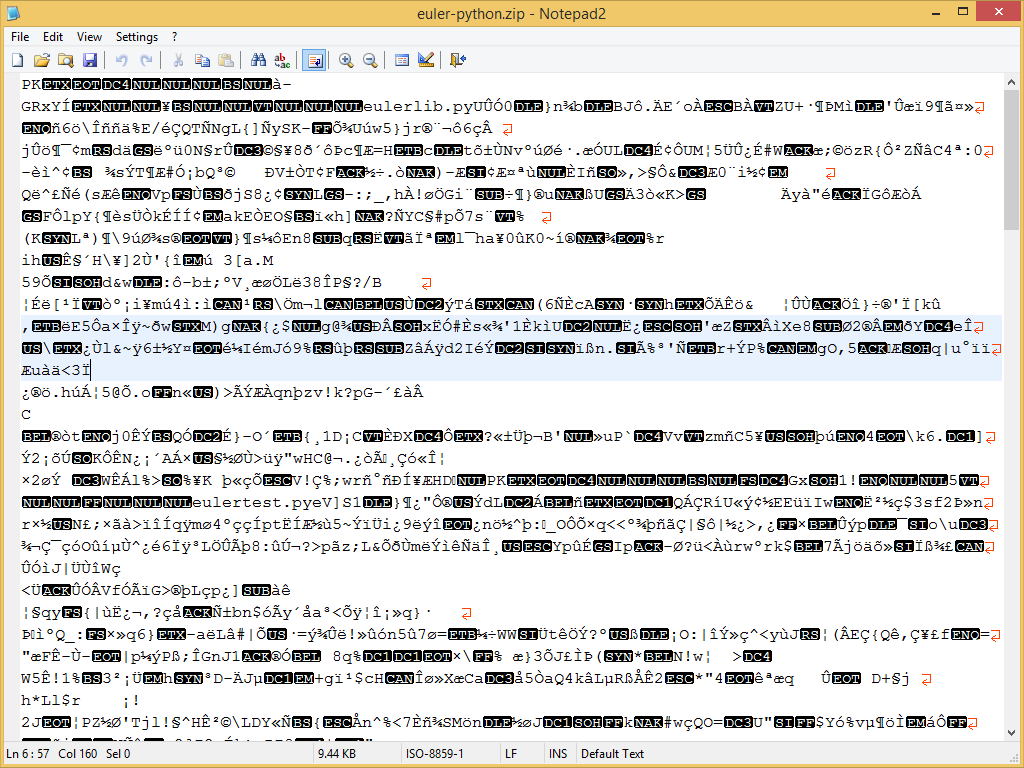-
How To Binary Files카테고리 없음 2020. 3. 5. 15:21


How To Compare Binary Files In Linux
Reading and writing binary files is pretty much the same as any other file, the only difference is how you open it: unsigned char buffer10;FILE.ptr;ptr = fopen('test.bin','rb'); // r for read, b for binaryfread(buffer,sizeof(buffer),1,ptr); // read 10 bytes to our bufferYou said you can read it, but it's not outputting correctly. Keep in mind that when you 'output' this data, you're not reading ASCII, so it's not like printing a string to the screen: for(int i = 0; i. This questions is linked with the question by CAMILO HG. I know that the real problem have two parts: 1) Write the binary data file, 2) Plot it using Gnuplot.The first part has been very clearly answered here, so I do not have something to add.For the second, the easy way is send the people to the Gnuplot manual, and I sure someone find a good answer, but I do not find it in the web, so I am going to explain one solution (which must be in the real question, but I new in stackoverflow and I can not answer there):After write your binary data file using fwrite, you should create a very simple program in C, a reader. The reader only contains the same structure as the writer, but you use fread instead fwrite. So it is very ease to generate this program: copy in the reader.c file the writing part of your original code and change write for read (and 'wb' for 'rb'). In addition, you could include some checks for the data, for example, if the length of the file is correct.
And finally, your program need to print the data in the standard output using a printf.For be clear: your program run like this $./reader data.datXposition Yposition (it must be a comment for Gnuplot).1.23 2.452.54 3.125.98 9.52Okey, with this program, in Gnuplot you only need to pipe the standard output of the reader to the Gnuplot, something like this: plot '.
In general, (ready-to-run) programs are often identified as binary files and given a file name extension of '.bin'. Programmers often talk about an executable program as a 'binary' and will ask another programmer to 'send me the binaries.' (A synonym for this usage is.) A binary file could also contain data ready to be used by a program.In terms of transmitting files from one place to another, a file can be transmitted as a 'binary,' meaning that the programs handling it don't attempt to look within it or change it, but just pass it along as a 'chunk of 0s and 1s,' the meaning of which is unknown to any network device.